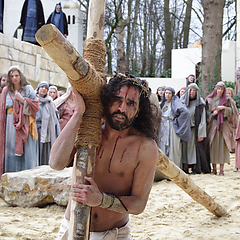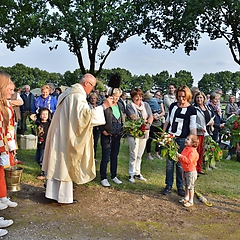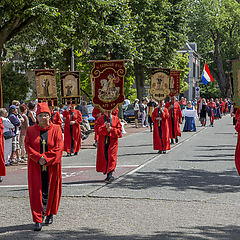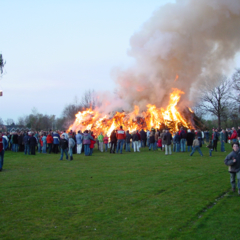On November 2nd All Souls’ Day is celebrated within the catholic tradition. A day on which the bereaved visit the graves of the deceased. They clean the graves and decorate them with (generally) white flowers and with lights. Traditionally catholic, All Souls’ Day is also celebrated on public and protestant cemeteries, sometimes under a different name. Is has developed into a heyday to honour the commemoration of the deceased. The last two decades show an increasing number of organised activities at All Souls’ Day. Cemeteries organise gatherings for relatives of all denominations, sometimes in cooperation with artists or rituals guides. A relatively new trend is that All Souls’ Day is more often celebrated in the evening, as a festival of light. The remembrance service is often larded with atmospheric music. Artists sometimes develop specific rituals for the bereaved, who can share their experiences and memories with each other in these rituals.



